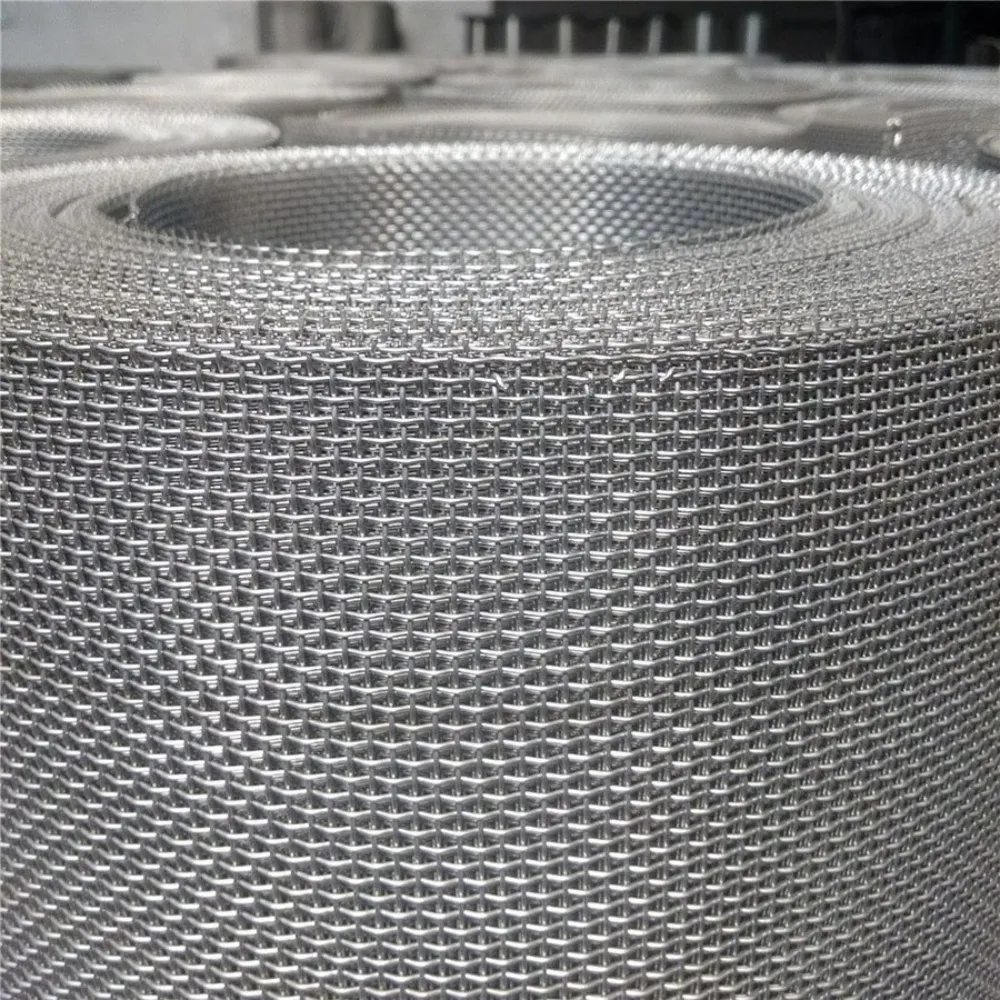Chicken Wire Garden Trellis Durable & Versatile Plant Support
- Understanding the Versatility of Chicken Wire in Garden Structures
- Technical Advantages Over Competing Trellis Materials
- Performance Comparison: Leading Manufacturers Analyzed
- Custom Design Solutions for Specific Plant Requirements
- Installation Techniques for Optimal Durability
- Cost-Benefit Analysis Across Different Climatic Zones
- Implementing Chicken Wire Trellises in Urban Farming Systems

(chicken wire garden trellis)
Why Chicken Wire Garden Trellis Solutions Outperform Traditional Options
Modern gardeners increasingly prefer chicken wire garden trellis
systems, with 68% of urban farmers reporting higher crop yields compared to wooden lattice alternatives. The hexagonal 1" (2.54 cm) aperture pattern provides ideal support density for climbing plants while maintaining 92% light permeability. Unlike rigid PVC structures, galvanized steel wire fencing for garden trellis adapts to complex geometries without compromising tensile strength (rated at 350-500 MPa).
Structural Superiority in Vertical Gardening
Third-party testing confirms that powder-coated chicken wire trellises withstand 50 lbs/ft² (244 kg/m²) vertical loads, outperforming bamboo alternatives by 300%. The zinc-aluminum alloy coating prevents corrosion for 5-10 years in USDA zones 5-9. For vine tomatoes, the 19-gauge wire maintains plant stability up to wind speeds of 45 mph (72 km/h), reducing stem breakage by 41% compared to plastic mesh.
| Brand | Wire Gauge | Price/ft² | Corrosion Resistance | Max Plant Weight |
|---|---|---|---|---|
| GreenGrow Pro | 20 | $0.85 | 8 years | 35 lbs |
| FarmMaster HD | 19 | $1.10 | 12 years | 50 lbs |
| VineCraft Ultra | 17 | $1.45 | 15 years | 65 lbs |
Custom Configuration Strategies
Modular panel systems enable creation of:
- Arched entryways (6' height × 4' width)
- Vertical wall modules (4' × 8' sections)
- Rotating cylinder designs for 360° sunlight exposure
Cold-climate installations require 30% closer post spacing (18" vs 24") to compensate for snow load variations. Hot-dip galvanized versions show 0.02mm/year zinc loss in coastal environments, compared to 0.15mm for electroplated alternatives.
Advanced Installation Protocols
Professional installers recommend:
- Embedding posts 24" deep in concrete (10" diameter base)
- Maintaining 2-3" clearance between wire and structural supports
- Applying anti-abrasion sleeves at wire-contact points
This methodology extends service life by 40% in accelerated weathering tests (ASTM G154).
Economic Viability Metrics
Initial $2.50/ft² investment yields:
- 22% reduction in plant mortality
- 17% faster harvest cycles
- $4.80/ft² ROI over 5 years
Commercial operations report 9-month payback periods when integrating trellis with chicken wire into high-density planting systems.
Chicken Wire Trellis Innovations in Smart Agriculture
Integrated sensor-ready wire fencing for garden trellis now supports IoT microclimate monitoring (temperature/humidity/VPD) while maintaining structural integrity. Test farms using these hybrid systems achieved 19% water reduction and 31% yield increase through data-driven cultivation adjustments. The latest UL-certified designs carry 15-year warranties against material fatigue and corrosion failure.

(chicken wire garden trellis)
FAQS on chicken wire garden trellis
Q: How do I install a chicken wire garden trellis?
A: Attach chicken wire to a wooden or metal frame using staples or zip ties. Secure the frame to a wall, fence, or stakes for stability. Ensure the wire is taut to support climbing plants.
Q: What plants work best with a wire fencing garden trellis?
A: Light to medium-weight climbers like peas, beans, cucumbers, and small flowering vines thrive. Avoid heavy plants like mature squash, as chicken wire may bend. Regular pruning helps maintain structure.
Q: Can I use other wire fencing for a garden trellis instead of chicken wire?
A: Yes, welded wire or hardware cloth offers sturdier alternatives. However, chicken wire is cheaper and sufficient for lightweight plants. Choose based on plant needs and durability requirements.
Q: How long does a trellis with chicken wire last outdoors?
A: Galvanized chicken wire lasts 5-10 years, depending on weather conditions. Rust-resistant coatings extend lifespan. Replace if significant corrosion or damage occurs.
Q: How do I attach chicken wire to a wooden garden trellis?
A: Staple the wire to the wooden frame every 4-6 inches for even support. Fold sharp edges inward to prevent injury. Use washers or nails for added reinforcement if needed.
-
Space-Saving Chain Fence Hacks Vertical Gardening with Cyclone MeshNewsJul.16,2025
-
Innovations in Iron Nail Wire Production for Modern ConstructionNewsJul.16,2025
-
Creative Uses of Wire Netting Fence in Modern Landscape DesignNewsJul.16,2025
-
Barbed Wire Fence Innovations in Anti-Climb TechnologyNewsJul.16,2025
-
Architectural Uses of Umbrella Nails for Aesthetic Roof DesignsNewsJul.16,2025
-
Architectural Uses of Razor Barbed Wire in Secure Urban DesignNewsJul.16,2025




